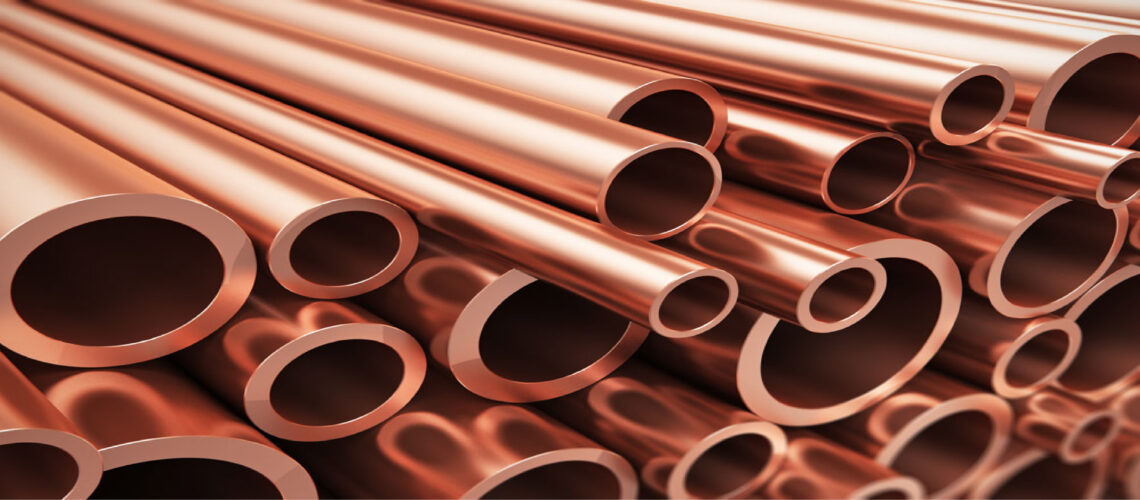Concealed copper piping is a critical element in modern
construction, widely used for its durability, efficiency, and reliability. Its hidden nature enhances aesthetic appeal while maintaining robust functionality. Here’s an expert guide to understanding concealed copper piping.
What Is Concealed Copper Piping?
Concealed copper piping refers to copper pipes installed within walls, ceilings, or floors to deliver water, gas, or other utilities without visible piping systems. This method is particularly favored in residential, commercial, and industrial spaces for its sleek appearance and long-lasting performance.
Advantages of Concealed Copper Piping
- Durability:
Copper pipes resist corrosion, scaling, and extreme temperatures, ensuring a long lifespan.
- Aesthetic Appeal:
Concealing pipes eliminates unsightly plumbing lines, providing a cleaner and more modern look.
- Efficiency:
Copper is an excellent conductor of heat, making it ideal for both hot and cold water systems.
- Hygiene:
Copper has natural antibacterial properties, reducing the risk of contamination in water systems.
- Versatility:
Suitable for both water and gas systems, copper pipes are compatible with various fittings and fixtures.
Installation Process
Proper installation is crucial for concealed copper piping to ensure safety, efficiency, and durability. The process involves:
- Planning and Layout:
- Assessing the site for pipe routing.
- Designing the layout to minimize bends and joints.
- Cutting and Bending:
- Cutting copper pipes to the required length using a pipe cutter.
- Bending pipes accurately to fit within the concealed spaces.
- Joining Pipes:
- Using soldering or compression fittings for leak-proof connections.
- Fixing and Insulating:
- Securing pipes within walls using brackets or clamps.
- Applying insulation to prevent heat loss and condensation.
- Testing and Finishing:
- Pressure testing the system for leaks.
- Covering the pipes with plaster or wall panels for concealment.
Common Challenges
- Leak Detection:
Concealed pipes make leak detection harder, necessitating professional tools like thermal imaging or acoustic devices.
- Maintenance:
Repairs require careful excavation, increasing costs and complexity.
- Compatibility:
Copper pipes must be compatible with other materials in the plumbing system to prevent galvanic corrosion.
Tips for Maintenance
- Regular Inspections:
Periodically check for signs of water damage, mold, or reduced water pressure.
- Professional Repairs:
Always rely on experts for concealed pipe maintenance to avoid structural damage.
- Quality Materials:
Use high-grade copper pipes and fittings to ensure longevity.
Conclusion
Concealed copper piping is a cornerstone of modern plumbing, combining functionality and aesthetics. With proper installation and maintenance, these systems can serve efficiently for decades. Whether you’re a homeowner or a contractor, investing in concealed copper piping ensures a high-quality and durable plumbing solution.
For expert advice, installation, or maintenance, feel free to reach out to professionals in your area!








